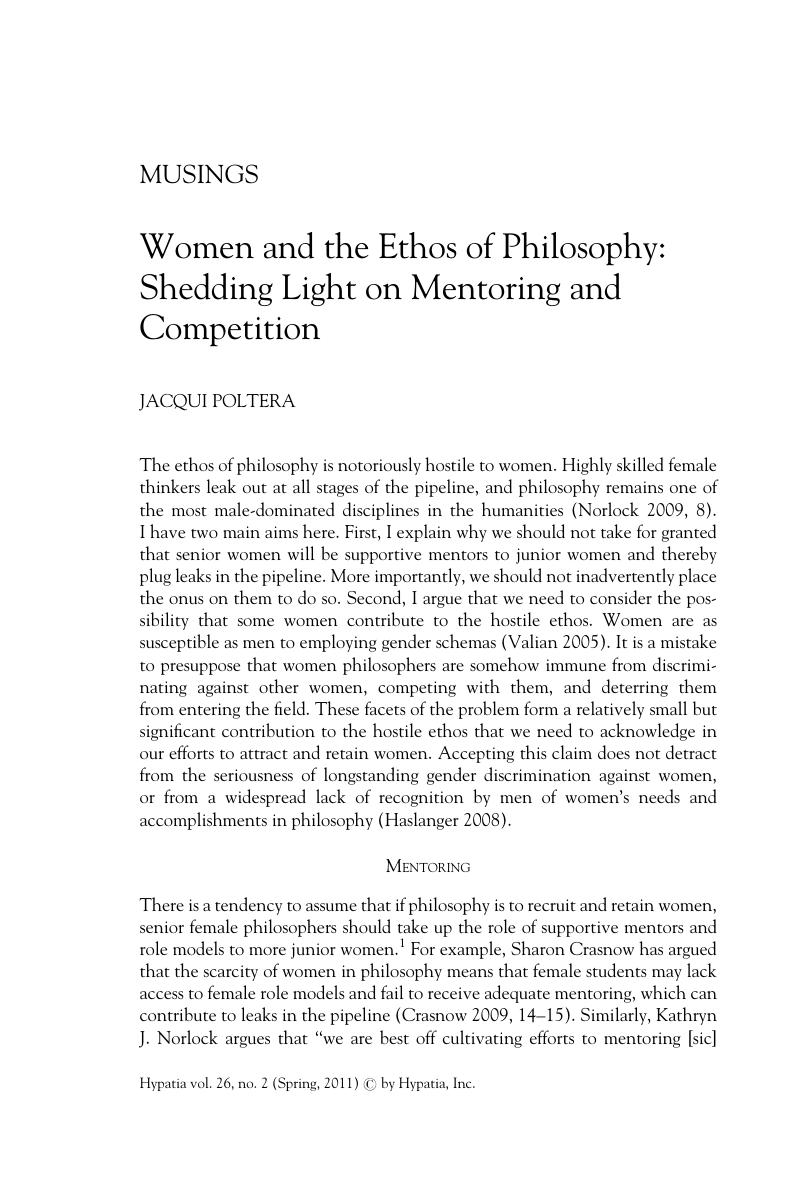Moulton, Janice.
1993.
A paradigm of philosophy: The adversarial method. In
Discovering reality: Feminist perspectives on epistemology, metaphysics, methodology and the philosophy of science, ed.
Harding, Sandra and
Hintikka, Merrill B.P.Dordrecht:
Kluwer Publishing.
Google Scholar 